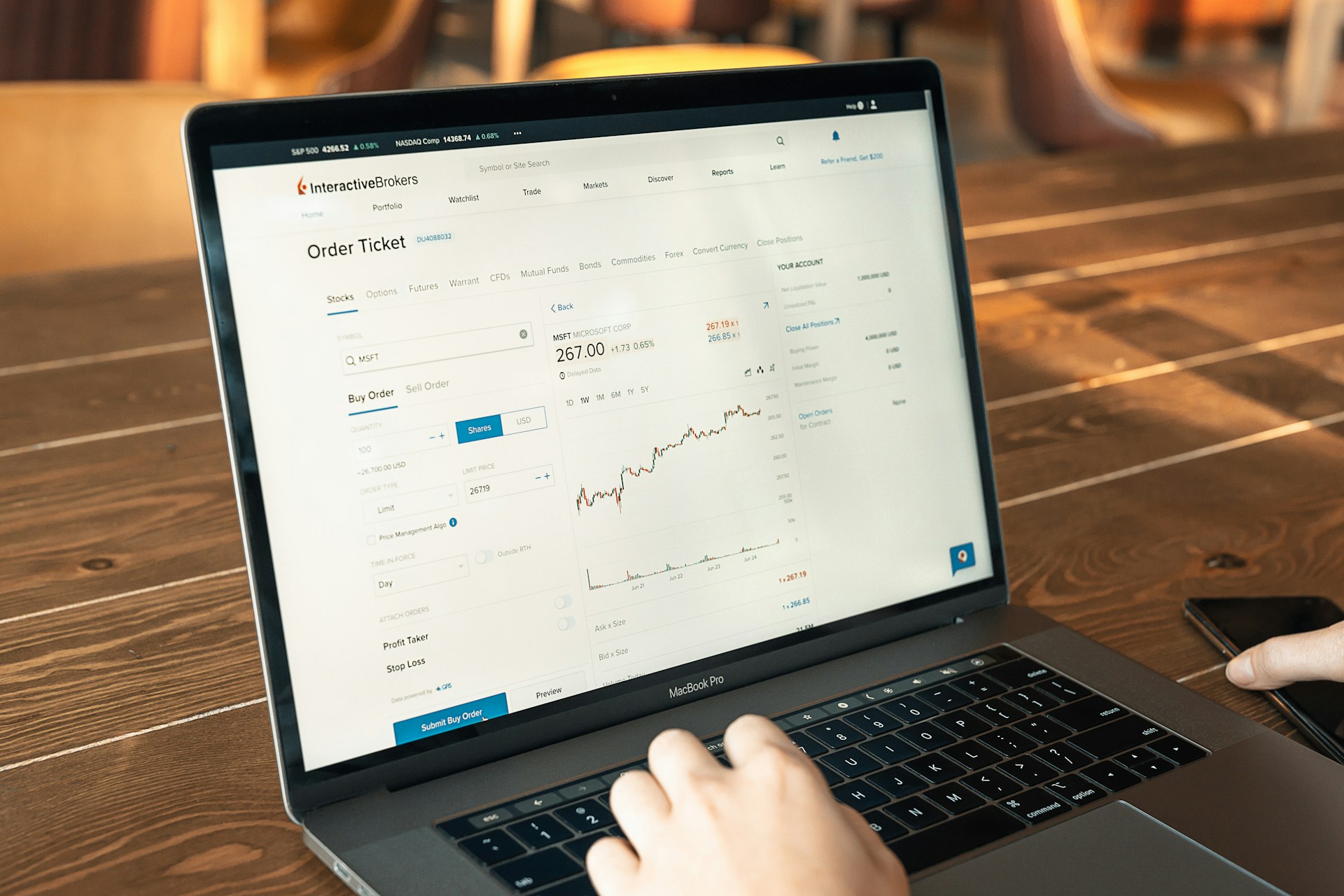Stop-Loss and Take-Profit in Crypto Explained: Maximize Gains and Minimize Losses
Introduction to Stop-Loss and Take-Profit Orders in Crypto Trading In the volatile world of cryptocurrency trading, managing risk effectively is essential for long-term success. One of the most widely used strategies for risk management is placing stop-loss (SL) and take-profit (TP) orders. These automated trades allow traders to limit losses and lock in profits, removing the need for constant monitoring and helping manage the emotional side of trading. Stop-loss orders automatically close a position if the price reaches a predetermined level, preventing further losses, while take-profit orders lock in gains once a specified price is achieved. For both new and experienced traders, understanding the use of SL and TP orders can lead to better trading outcomes and a more structured approach to crypto investing. For a deeper dive into crypto trading strategies, explore TextTrades for valuable resources and insights. What are Stop-Loss and Take-Profit Orders? (Poses) Stop-loss and take-profit orders serve as pre-set conditions that allow traders to manage positions with precision. A stop-loss (SL) order is a trade order to sell a cryptocurrency when it reaches a certain price, limiting potential losses. For instance, if you purchase Bitcoin at $25,000, you might set a stop-loss order at $24,000. If the price falls to this level, the stop-loss order is triggered, automatically closing the position to prevent further losses. This strategy can be particularly useful in volatile markets, as it allows traders to protect their investment without needing to constantly monitor price fluctuations. On the other hand, a take-profit (TP) order locks in gains by automatically closing a position when the asset’s price reaches a pre-set target. For example, if you expect Bitcoin to rise in value, you might set a take-profit order at $28,000. Once this price level is reached, the TP order executes, securing your profits. Using SL and TP orders in tandem allows for a balanced approach, giving traders control over both loss prevention and profit capture, which is especially valuable when navigating the crypto market’s often unpredictable swings. Stop-loss and take-profit orders are available on most trading platforms, allowing traders to apply them to various cryptocurrencies. The process is usually straightforward: users specify the order type and set a price level. Many platforms also provide options for more sophisticated SL and TP order types, such as trailing stop-losses, which adjust dynamically as the asset price changes, helping traders capture more of an uptrend before securing gains. Understanding these tools can empower traders to make more strategic and disciplined decisions. You Might Looking for: How to Invest in Trading? Benefits of Using Stop-Loss and Take-Profit Orders in Crypto Trading One of the primary benefits of using SL and TP orders is the ability to automate trading decisions, which can help reduce emotional trading and overreactions to market fluctuations. By setting pre-determined exit points, traders can avoid panic-selling during price dips or holding onto positions too long in hopes of a greater gain. This automation is particularly valuable in the 24/7 crypto market, where prices can shift significantly overnight or during times when traders are unavailable to actively monitor trades. Additionally, using stop-loss and take-profit orders promotes effective risk management. With a well-placed stop-loss, traders can cap their maximum loss at a comfortable level, preventing small setbacks from becoming significant financial blows. According to recent data, more than 68% of crypto traders report using SL orders as part of their risk management strategy, reflecting a growing recognition of their value. Conversely, take-profit orders allow traders to lock in gains before prices potentially reverse, ensuring profitable trades are protected even in unpredictable markets. For instance, if an altcoin reaches a 15% gain in a short timeframe, a TP order can secure this profit without requiring manual oversight, making it easier for traders to realize gains consistently. Stop-loss and take-profit orders also allow for improved capital efficiency. When positions close automatically at predefined levels, traders free up capital that can be reinvested into other promising opportunities, rather than having funds tied up in underperforming or stagnating positions. With the rapid changes common in crypto, SL and TP orders help traders maintain liquidity and agility, allowing them to make the most of new opportunities without unnecessary delays or capital constraints. Tips for Effective Use of Stop-Loss and Take-Profit Orders Setting effective stop-loss and take-profit levels requires both strategic planning and market knowledge. One important tip is to avoid placing SL orders too close to the entry point. This can result in trades being closed prematurely due to normal market fluctuations. Traders often use historical support levels, which are price points where the asset has previously shown buying interest, as guidelines for setting SL orders. A buffer between the entry point and SL level can prevent minor price drops from activating the SL unnecessarily, giving the trade more room to potentially recover. It’s also essential to align TP levels with realistic profit goals based on market analysis. Setting take-profit targets too high can leave traders waiting indefinitely for an unlikely price move, while overly conservative TP levels may result in missed opportunities for greater gains. By examining price trends, trading volume, and other technical indicators, traders can identify optimal TP levels that align with realistic price expectations and market conditions. This approach balances maximizing gains while reducing the risk of an adverse price reversal. Another effective practice is to utilize trailing stop-loss orders for positions in strong uptrends. Trailing stops adjust upward as the asset price increases, protecting accumulated gains while keeping the position open to capture additional profits. For instance, if Bitcoin rises from $25,000 to $30,000, a trailing stop set at 5% would adjust with each price increase, ensuring that even if the price dips, the order secures profits based on the highest point achieved. Trailing stops can be especially valuable for crypto traders looking to capitalize on extended upward trends without sacrificing control over potential losses. For more insights into setting effective SL and TP levels, TextTrades offers valuable resources and tools to help traders refine their approach and … Read more


















